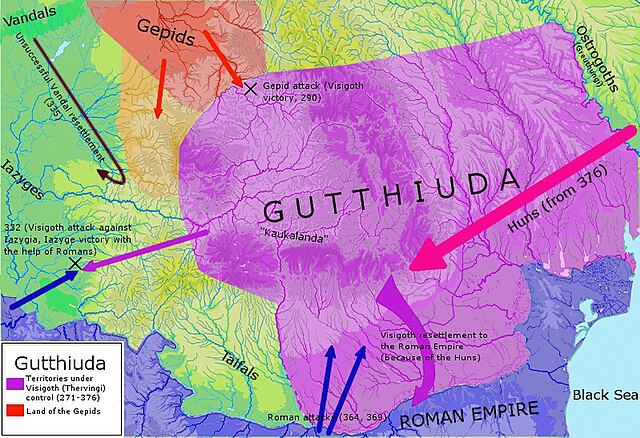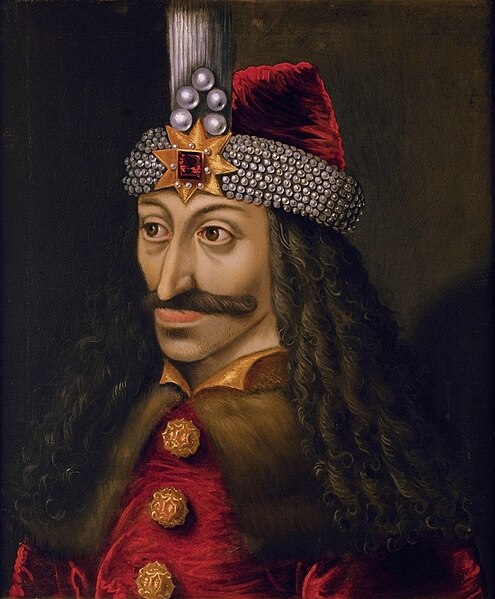The Carpi or Carpiani were a Dacian tribe that resided in the eastern parts of modern Romania in the historical region of Moldavia from no later than c. AD 140 and until at least AD 318.
Wattle and daub house
Silver Antoninianus coin issued by the Roman emperor Philip the Arab to commemorate his victory over the Carpi in AD 247. Obverse: Head of Philip wearing diadem, with legend: IMP(erator) PHILIPPVS AVG(ustus); Reverse: Figure of winged goddess Victory bearing palm and laurel wreath, with legend: VICTORIA CARPICA. Mint: Rome. Date: undated, but must have been issued in period 247-9
Bust of Roman emperor Aurelian (ruled 270–5), who began the policy of transferring large numbers of Carpi into the Roman empire
Romania is a country located at the crossroads of Central, Eastern and Southeastern Europe. It borders Ukraine to the north and east, Hungary to the west, Serbia to the southwest, Bulgaria to the south, Moldova to the east, and the Black Sea to the southeast. It has a predominantly continental climate, and an area of 238,397 km2 (92,046 sq mi) with a population of 19 million people (2023). Romania is the twelfth-largest country in Europe and the sixth-most populous member state of the European Union. Its capital and largest city is Bucharest, followed by Cluj-Napoca, Iași, Timișoara, Constanța, Craiova, Brașov, and Galați.
Three Chalcolithic ceramic vessels (from left to right): a bowl on stand, a vessel on stand and an amphora, ca. 4300–4000 BC; from Scânteia, Romania and displayed at the Moldavia National Museum Complex
Ruins of sanctuaries at Sarmizegetusa Regia (Dacia's capital during the reigns of Burebista and Decebalus)
Gutthiuda, or the land of the Gothic-speaking Thervingi, and the neighbouring tribes (370s AD)
Vlad III of Wallachia (also known as Vlad the Impaler), medieval ruler of Wallachia







